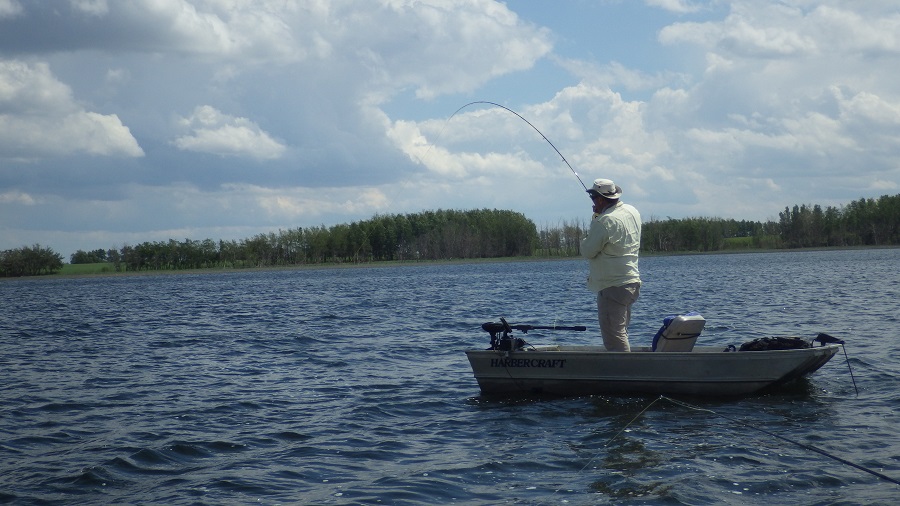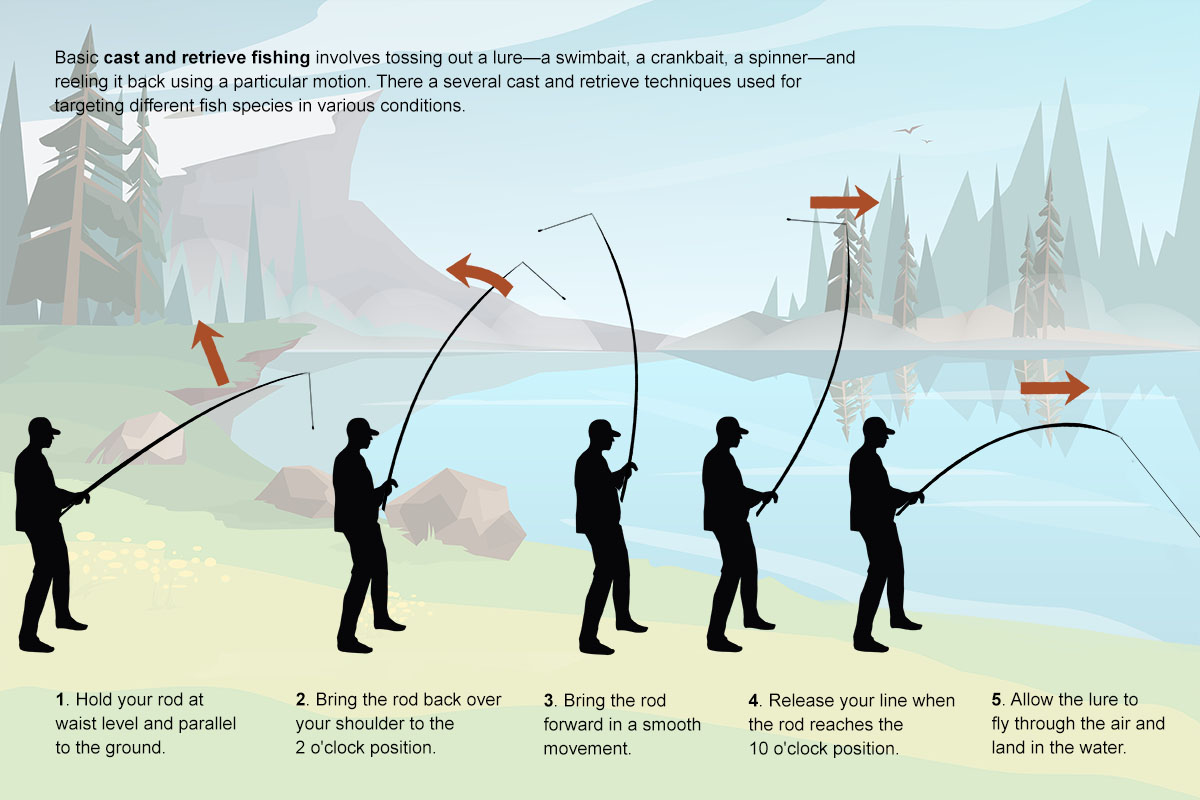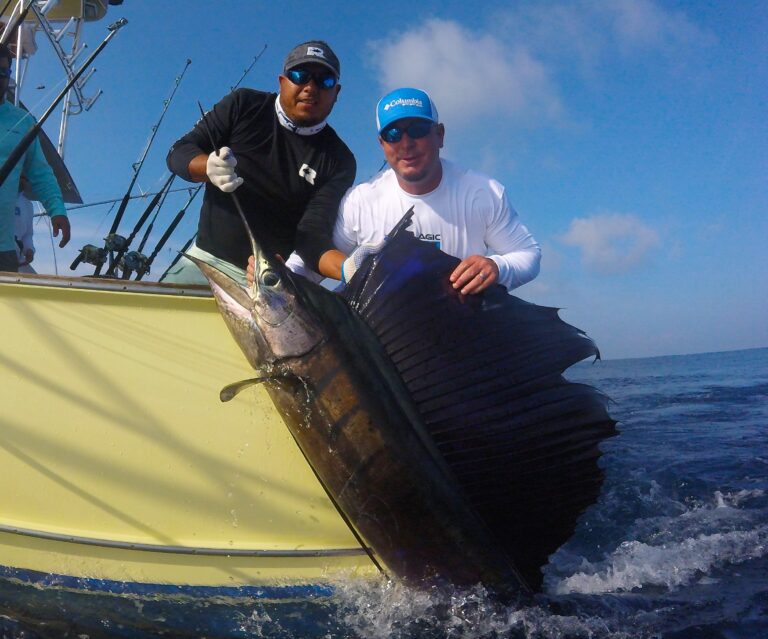Cast And Retrieve Fishing Tips & Techniques: Master the Art
Fishing is a timeless sport. It offers relaxation and excitement.
Cast and retrieve fishing is a popular method among anglers. It involves casting your lure and reeling it back in to attract fish. Mastering this technique can boost your chances of a good catch. This blog will explore essential tips and techniques for cast and retrieve fishing.
Whether you’re a beginner or looking to improve, these tips will enhance your fishing experience. Get ready to learn how to cast effectively and retrieve like a pro. Dive into the art of fishing with us and discover how to make each cast count.
Gear Selection
Choosing the right gear for cast and retrieve fishing is crucial. Your success on the water depends on it. Let’s dive into the details of selecting the perfect rod and reel for your needs.
Choosing The Right Rod
A fishing rod’s length and action are essential. Longer rods (7-9 feet) offer better casting distance. Shorter rods (5-7 feet) give more control. The rod’s action, whether fast, medium, or slow, affects the lure’s motion and hook setting.
- Fast action rods: Best for single hook lures.
- Medium action rods: Versatile, suitable for various lures.
- Slow action rods: Ideal for small lures and light lines.
Material also matters. Graphite rods are sensitive and light. Fiberglass rods are durable but heavier. Composite rods blend both features.
Selecting The Best Reel
Reels come in various types. Spinning reels are easy to use and great for beginners. Baitcasting reels offer precision and control but need skill.
| Reel Type | Pros | Cons |
|---|---|---|
| Spinning Reel | Easy to use, less backlash | Limited casting distance |
| Baitcasting Reel | Great control, long casts | Learning curve, backlash risk |
Consider the gear ratio. A higher ratio retrieves line faster. A lower ratio provides more torque for bigger fish.
Drag system is key. Ensure smooth operation to avoid line breakage. Check the reel’s line capacity as well, based on your target fish.
Casting Basics
Fishing is not just about luck. Casting skill plays a big role. Good casting puts your bait where fish are waiting. This improves your chances of a successful catch. Let’s break down the essentials of casting. First, learn the proper stance. Then, perfect your grip. These basics set you up for success.
Proper Stance
Your stance affects your casting distance and accuracy. Stand with your feet shoulder-width apart. This provides balance. Keep your knees slightly bent. This helps you stay flexible. Angle your body sideways to your target. This allows for a natural arm swing. Your non-dominant foot should face the target. Your dominant foot should be slightly back. This stance gives you a stable base.
Grip Techniques
A good grip is key for control. Hold the rod like a handshake. Keep your grip firm but relaxed. Your thumb should be on top of the rod. This gives you leverage. Your fingers should wrap around the handle. This ensures a secure hold. Avoid gripping too tight. It can cause tension in your arm. A relaxed grip allows for smoother casting.
Advanced Casting
Advanced casting techniques can greatly improve your fishing success. Whether you aim to cast further or handle challenging conditions, mastering these skills is essential. Let’s dive into some advanced casting tips and techniques.
Long-distance Casting
Long-distance casting allows you to reach fish that are far from the shore. Start with a longer rod, around 10 to 12 feet. This gives you more leverage and power.
Use a streamlined lure. It cuts through the air with less resistance. Practice your casting motion. A smooth, powerful motion helps you cast further. Focus on your timing. Release the line at the right moment to maximize distance.
Casting In Windy Conditions
Windy conditions can make casting difficult. Choose a heavier lure. It helps counteract the wind’s effect. Adjust your casting angle. Cast at a lower angle to keep the lure closer to the water.
Use a sidearm cast. It reduces the lure’s exposure to the wind. Pay attention to the wind direction. Cast with the wind at your back for added distance. Practice these techniques to improve your casting in windy conditions.

Credit: www.thenewflyfisher.com
Retrieving Methods
Mastering the art of retrieving your lure is essential for successful cast and retrieve fishing. Different retrieving methods can attract various fish species and improve your chances of catching them. Understanding these techniques can help you choose the best method for your fishing goals.
Slow And Steady Retrieve
The slow and steady retrieve method is excellent for targeting fish that prefer a more natural and less aggressive presentation. This technique involves reeling in your lure at a constant, slow pace.
- Ideal for cold water conditions.
- Effective for wary or inactive fish.
- Mimics the movement of injured or easy prey.
To perform a slow and steady retrieve, cast your lure and let it sink to the desired depth. Start reeling in slowly, maintaining a consistent speed. This method works well with soft plastics, spinnerbaits, and crankbaits.
Jerking And Twitching
The jerking and twitching method adds an erratic motion to your lure, making it appear as a struggling or fleeing prey. This technique can trigger predatory instincts in fish and provoke aggressive strikes.
- Best used in warmer water.
- Effective for active or aggressive fish.
- Works well with jerkbaits, topwater lures, and jigs.
To execute jerking and twitching, cast your lure and let it settle. Use short, sharp jerks of the rod tip while reeling in. Vary the intensity and frequency of the jerks to create an unpredictable movement. This method can be highly effective in attracting attention and enticing strikes.
Bait And Lure Tips
Choosing the right bait and lure is vital for successful fishing. Different conditions and fish species require specific types of bait. Understanding these options can greatly improve your catch rate. Here are some tips on live bait and artificial lures to help you get started.
Live Bait Options
Live bait is often preferred by many anglers. It is natural and irresistible to fish. Common live bait includes worms, minnows, and crickets. Worms are versatile and work in various conditions. Minnows attract larger fish like bass and pike. Crickets are great for freshwater fishing, especially for species like bluegill and trout.
Keep your live bait healthy and lively. This will increase your chances of catching fish. Store worms in damp soil and minnows in cool water. Handle them gently to keep them alive and active.
Artificial Lures
Artificial lures are a popular alternative to live bait. They come in many shapes, sizes, and colors. Each lure type mimics a different prey. Spinners create flash and vibration, attracting predatory fish. Jigs are versatile and can be used in various water depths. Crankbaits mimic the movement of small fish and can be used in both shallow and deep water.
Choose the right lure for the conditions. Bright colors work well in clear water. Darker colors are better for murky water. Match the size of your lure to the fish species you are targeting. Experiment with different retrieves to find what works best.
Fishing Spot Selection
Fishing spot selection plays a crucial role in your success. Choosing the right location can make the difference between a good day and a great day. Understanding where to fish is key.
Reading The Water
Reading the water helps identify potential fish spots. Observe water movement and color. Clear water often means fewer fish. Look for areas with slight color changes. Fish may gather in murky or mixed waters. Notice surface activity. Ripples or splashes indicate active fish.
Finding Fish Hotspots
Finding fish hotspots increases your catch chances. Look for structures like rocks, logs, or plants. Fish use these for shelter and food. Check the water depth. Fish might prefer shallow or deep areas. Pay attention to temperature changes. Warm spots attract fish. Study local maps. They show underwater features. Ask locals for tips. They know the best spots.
Weather Considerations
Fishing success often depends on understanding the weather. Weather impacts fish behavior and the best fishing techniques. Knowing how different weather conditions affect fish can help you plan better. Below are some key points to consider.
Fishing In Different Seasons
Each season brings unique challenges and opportunities for fishing. Let’s look at how to adjust your techniques:
| Season | Tips |
|---|---|
| Spring | Fish are active and feed more. Use bright lures. |
| Summer | Fish seek cooler water. Fish early morning or late evening. |
| Fall | Fish prepare for winter. Use larger baits. |
| Winter | Fish are sluggish. Use slow-moving lures. |
Effect Of Weather On Fish Behavior
Weather changes can significantly influence fish activity. Here are some key points:
- Sunlight: Fish are more active in low light. Overcast days are ideal.
- Temperature: Warm water increases fish metabolism. Fish feed more in warm water.
- Wind: Wind stirs up food. Fish follow the wind.
- Rain: Light rain can increase fish activity. Heavy rain can make fish go deeper.
- Pressure: Fish sense changes in barometric pressure. High pressure makes fish less active. Low pressure makes them more active.
By understanding these factors, you can improve your fishing strategy. Always check the weather forecast before heading out.

Credit: norrik.com
Safety And Etiquette
Safety and etiquette are crucial in cast and retrieve fishing. They ensure a fun and respectful experience. By following these guidelines, you help protect yourself and the environment. You also make the experience pleasant for other anglers.
Personal Safety Tips
Always wear a life jacket when fishing near deep water. It can save your life. Keep a first aid kit close in case of minor injuries. Stay aware of your surroundings. Watch for slippery rocks and sharp objects. Wear sunscreen to protect your skin from the sun’s harmful rays.
Use polarized sunglasses to reduce glare and protect your eyes. Stay hydrated. Drink plenty of water, especially on hot days. Let someone know your fishing location and expected return time.
Respecting Nature And Others
Dispose of trash properly. Keep the fishing area clean. Use designated trash bins or carry waste with you. Avoid disturbing wildlife. Observe animals from a distance. Do not feed or try to catch them.
Respect other anglers. Give them space and avoid casting too close. Keep noise levels down. Maintain a peaceful environment. Follow local fishing regulations. Observe size and catch limits to preserve fish populations.

Credit: www.flyfisherman.com
Frequently Asked Questions
What Are The Best Casting Techniques For Beginners?
For beginners, start with the overhand cast. It’s simple and effective. Practice smooth, controlled motions. Use your wrist for power and accuracy.
How Do I Choose The Right Fishing Reel?
Choose a reel based on your fishing type. Spinning reels are versatile and great for beginners. Match it with your rod.
What Bait Works Best For Freshwater Fishing?
Live bait like worms and minnows work best for freshwater fishing. They attract a variety of fish. Artificial lures can also be effective.
How Can I Improve My Casting Accuracy?
To improve casting accuracy, practice often. Focus on your target. Use consistent, smooth motions. Adjust your stance and grip.
Conclusion
Fishing can be a relaxing and rewarding hobby. Use these tips for better casting and retrieving. Practice regularly to improve your skills. Pay attention to your environment and the fish behavior. Choose the right gear for your fishing needs. Patience and observation are key.
Enjoy the process and happy fishing!



